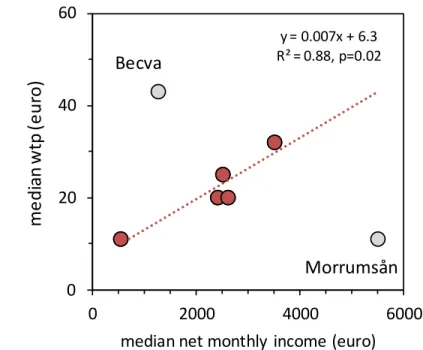Assessing the societal benefits of river restoration using the ecosystem services approach
Full text
Figure




Related documents
When travelling overseas on official duty the loss of essential personal effects and money is covered by the NERC business travel policy... Details of insurance policies
CT Excitation Characteristic 1.4 Voltage developed across CT secondary Another important function of a current transformer is to develop enough voltage to drive required
Transportation is also diverse. It is multi-sector and, as such, it needs to be fully integrated with other municipal sectors. New transportation infrastructure must
These are: a review of the previous improvement plans (before the creation of a new improvement plan, all stakeholders should be given the opportunity
Ofua & Pereware (2011)exploratory study outlined the causes/sources of techno stress to include the pace of technological change, inadequate training,
The aim of this research focuses on analysing both barriers and facilitators in training transfer in the context of local Administrations, with the goal to list which factors
Items for each of the twelve criteria for school registration fitted the measurement model in the Rasch- Created Linear Scale of School Administrators’ Beliefs That Actual
In this way, the different categories for in-situ classification are first detailed, followed by the corresponding characterization and filtering of events after adding the





